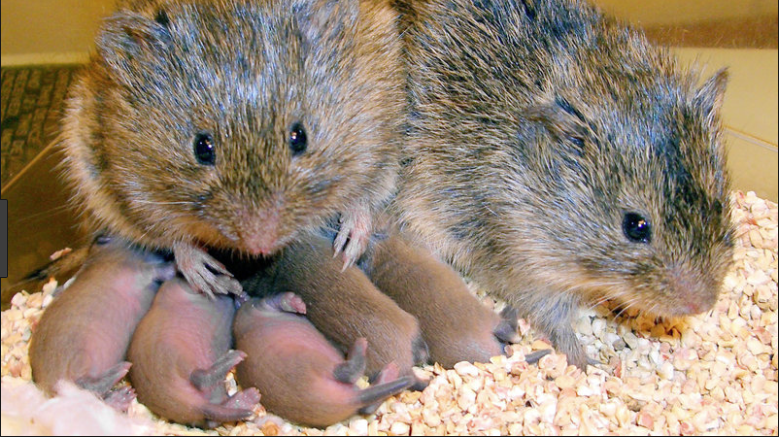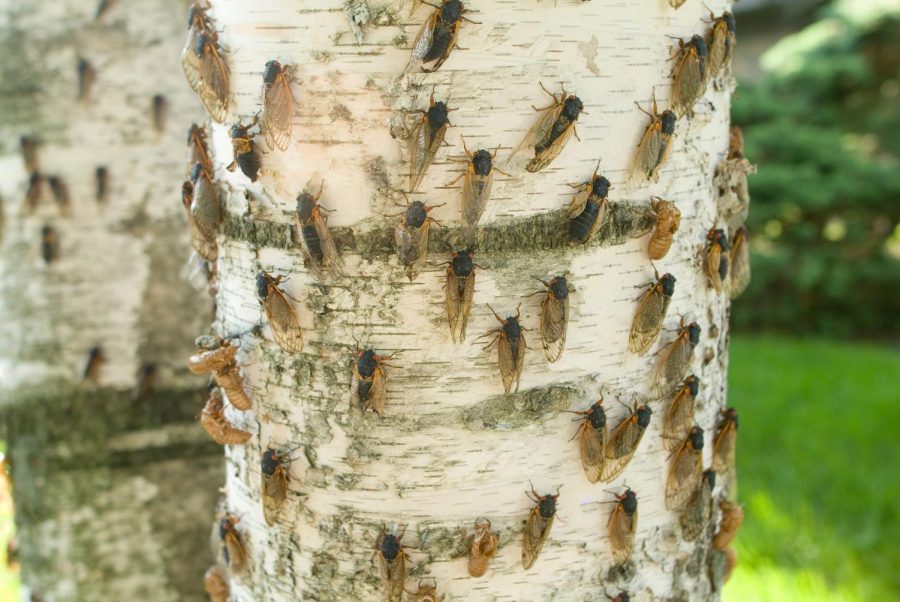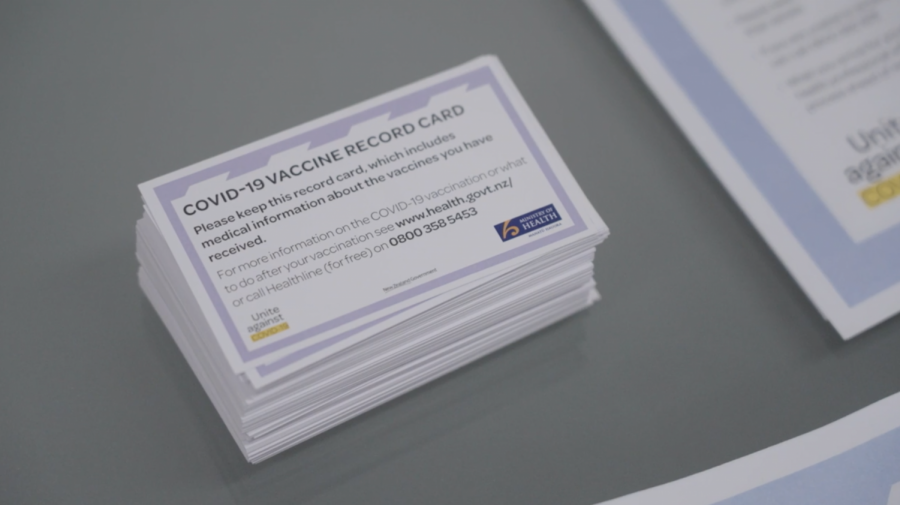As you peruse the sea of written loving sentiments lining the greeting card aisle of Target, trying to decide on the perfect prose to give to your partner for Valentine’s Day, you may be wondering how you got to that point. According to the Hallmark Corporation, approximately 145 million people a year are in the same position as you, buying a card for that special someone. With love in the air, and an influx of Wake Forest couples snatching up reservations downtown for the night of Feb. 14, it is the ideal time to learn more about the science and psychology behind love and attraction.
One of the primary models used to research this complex emotion is a furry little rodent known as the prairie vole. Prairie voles are one of the only species in the animal kingdom that are monogamous and mate for life. When a prairie vole meets it mate, it partakes in a behavior known as pair bonding and will spend the rest its life with its mate, producing offspring and remaining close. This behavior is so unique that scientists have spent their career studying it, especially Dr. Larry Young, from Emory University School of Medicine. Through his studies, Young determined that the reasoning behind this lifelong bond is hormones, specifically oxytocin and vasopressin.
Female prairie voles will release an excess of oxytocin, which is commonly referred to as “the cuddle hormone,” when they are around their mates while males release vasopressin, another hormone that promotes deep bonds. Unlike other voles, the location of the neuroreceptors for these hormones are located in the brain’s pleasure center.
If you have ever been in love, or seen a pal head over heels for someone, you may be observing signs of obsession. Like prairie voles, humans produce a series of hormones, including oxytocin and vasopressin, which mimic the signs of addiction. These tiny creatures are a useful model for determining some factors involved in monogamy and attraction, but the best model of study are obviously actual humans.
As a senior research fellow at the Kinsey Institute and the chief scientific advisor to Match.com, Helen Fisher is one of the world’s leading experts on the scientific side of love in humans. During her many studies on this emotion, Fisher determined that love is broken down into three different categories of emotion: lust, attraction and attachment.
Feelings of lust are typically centered in the brain’s hypothalamus, which produces sex hormones like testosterone and estrogen. Contrary to popular belief, testosterone increases in both males and females when they spot someone who gets them “excited.” In purely biological terms, a human’s primary goal in life is to reproduce and pass on their genes, so lust is a clear component in love.
Watching people in love can often be as disturbing as it is endearing. Often referred to as “the honeymoon phase,” people in new relationships tend to spend every moment together, occasionally even forgetting to eat or sleep, but there is actually a scientific explanation behind this attraction component.
When a person is with someone who is giving them constant sexual gratification and companionship, their brain releases a reward in the form of the dopamine hormone. Dopamine is associated with energetic feelings of happiness and is potentially the reason behind a new couple’s nonstop grins. Attraction has also been proven to decrease serotonin, which is involved in both appetite and mood.
One of the most important psychological factors involved in love is attachment. Like the prairie voles, humans in long-term relationships have shown increased levels of oxytocin and vasopressin. The other times these hormones are released in excess are during sex, breast-feeding and childbirth, which are all major bonding moments in life.
While many use the phrase “follow your heart,” it is actually more likely that the hormones in your brain one driving your relationship decisions.







